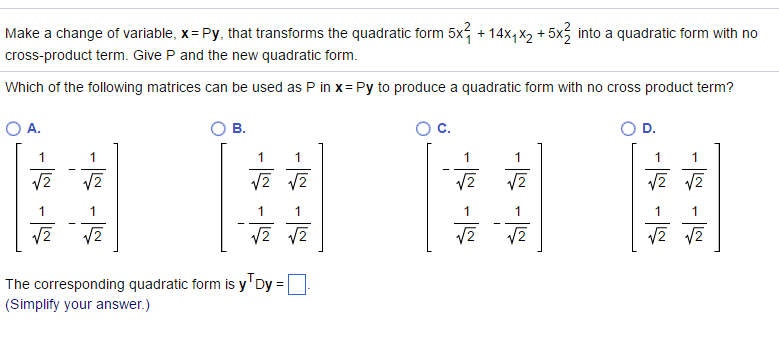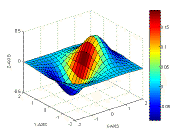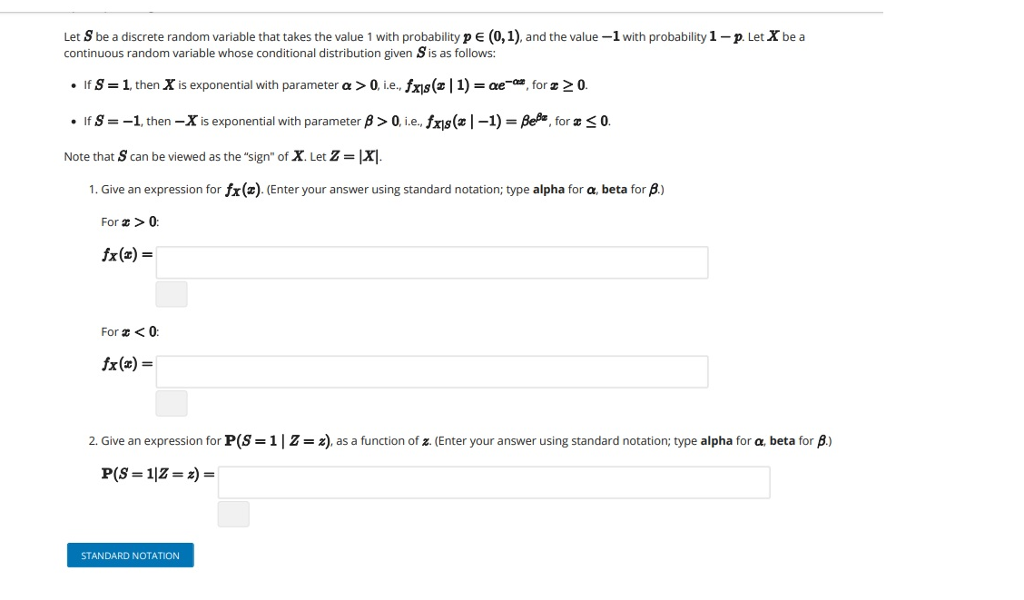
In no case doesĪ non-existent or small field width cause truncation of a field if the Taken as a '-' flag followed by a positive field width. If the left-adjustment flag has been given). The field width, it will be padded with spaces on the left (or right, If the converted value has fewer characters than A + overrides a space if both are used.Īn optional decimal digit string (with nonzero first digit) specifying a By default a sign is used only for negative numbers.

The character % is followed by zero or more of the following flags:

The arguments must correspond properly (after type promotion) with theĬonversion specifier, and are used in the order given. More flags, an optional minimum field width, and an optional precision. In between there may be (in this order) zero or EachĬonversion specification is introduced by the character %, and ends with aĬonversion specifier. Which results in fetching zero or more subsequent arguments. Unchanged to the output stream and conversion specifications, each of More directives: ordinary characters (not %), which are copied The format string is a character string, beginning and ending in its To write to the same line many times (to show a progress string, for You can also use the '\r' characterĪs an explicit carriage return (with no line feed). Line using multiple printf commands, including the '\n' when This seems odd, but allows you to assemble a In fact, it does produce the text, but it then ThatĬan lead to some confusing behavior if you do not know what to expect.įor example, the command printf('Hello') does not appear to

It is important to point out that the printf function does notĪdd a newline (or carriage return) to the output by default. Note that this printf command is not vectorized! Each It isĪn error if there are not enough variables to satisfy the format The values of the variablesĪ_i are substituted into the output as required. Here format is the format string, which is a string thatĬontrols the format of the output. PRINTF Formated Output Function (C-Style)


 0 kommentar(er)
0 kommentar(er)
